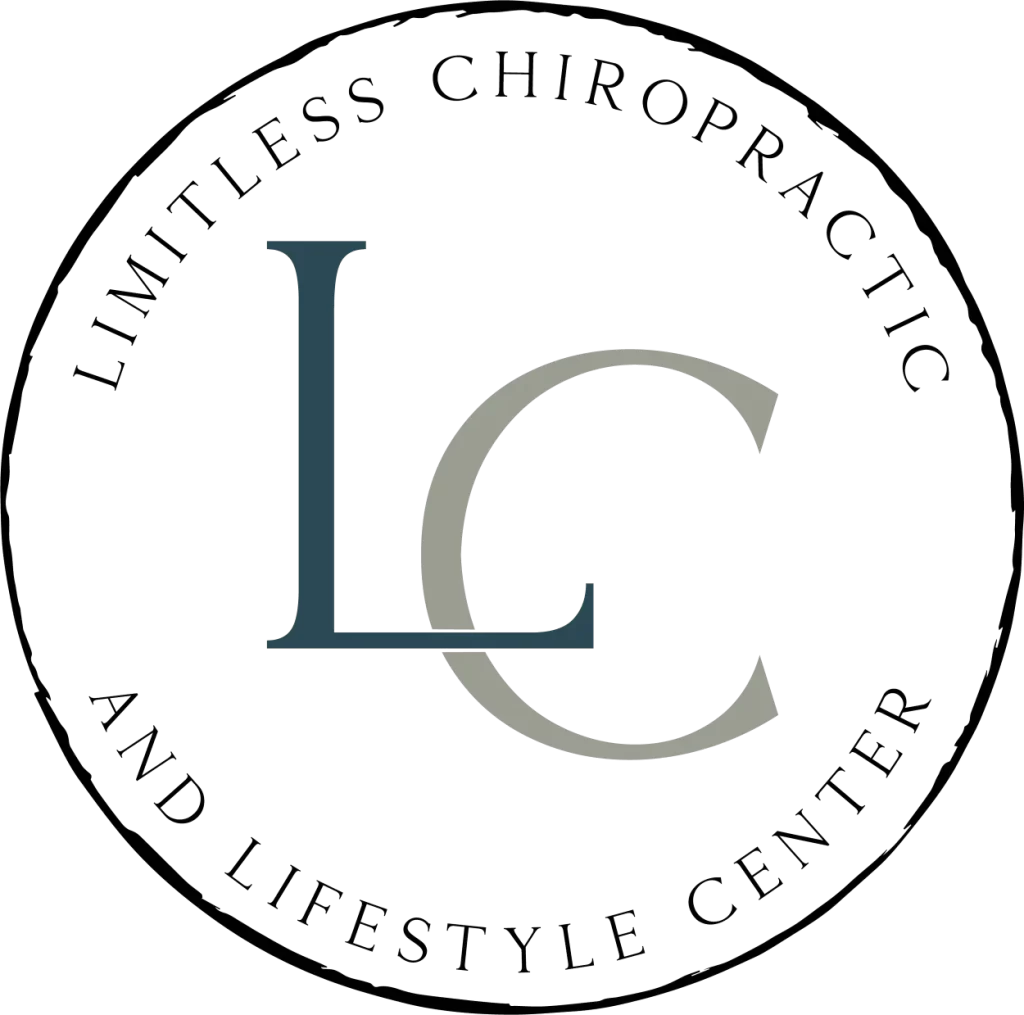Chiropractic care is so much more than the low back pain conversation that is ever so common anytime the word chiropractor is brought up. With that being said most of the research surrounding the safety and efficacy of chiropractic care is focused on low back pain. So let’s start there. Disability from low back pain has increased by 42% over the last two decades, making it the leading cause of disability globally.
There is a common misconception in our society that chiropractic care is unscientific and that it lacks evidence pertaining to its efficacy. This could not be further from the truth. When you get adjusted it improves your health. Studies continue to show that chiropractic care is one of the MOST EFFECTIVE treatment options for musculoskeletal pain, especially low back pain.
Let’s take a look at what some of the research is saying:
1) “In a meta-analysis, spinal manipulation (adjustments) was found to be one of the most effective treatments for discogenic LSR (Pain, tingling, numbness into the low back and legs caused by compromised disc tissue).”
2) “The relative odds for discectomy (surgery) were significantly reduced in the CSMT (adjustment) cohort compared with the cohort receiving other care over 1-year (by 69%) and 2-year follow-up (by 77%).”
3) The Institute of Medicine has recommended increased utilization of non-pharmacologic, integrative approaches, such as chiropractic care for patients with low back pain. “Published evidence-based clinical guidelines for management of both acute and chronic low back pain recommend non-pharmacologic therapies as first line treatment.”
4) “A recent systematic review and meta-analysis found that for treatment of acute low back pain, spinal manipulation, as performed by chiropractors, provides a clinical benefit equivalent to that of NSAIDs (pain killers), with no evidence of serious harms.”
5) “Among New Hampshire adults with office visits for low back pain, the adjusted likelihood of an ADE (adverse drug event) was 51% lower for recipients of chiropractic services as compared to non-recipients.”
These are things I see in my practice on a DAILY basis when people are under regular care:
- Less dependence on medication
- Reduced risk of surgery and more invasive care
- Decreased pain, increased function, and improved quality of life
-Dr. Mike
References:
1) BMJ Open December 16, 2022; Vol. 12; No. 12; Article e068262
2) Journal of Manipulative and Physiological Therapeutics June 2018; Vol. 41; No. 5; pp. 383-388

